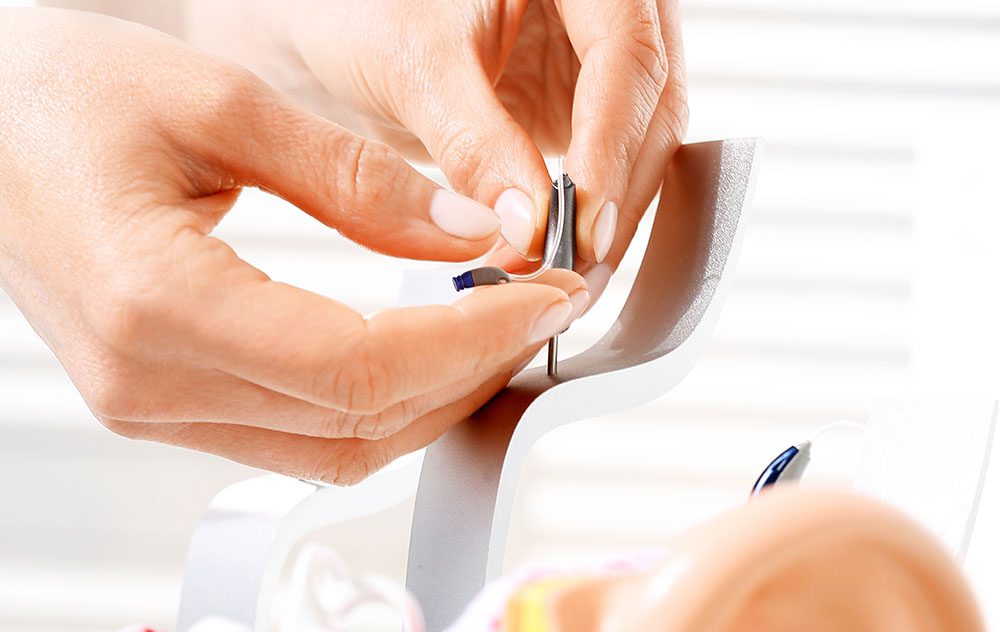What Are Earmolds, and How Do They Work?
If you have noticed that you are experiencing an increased level of

By: admin | December 8, 2022
Millions of people experience the well-known ailment of hearing loss, but no two instances are the same. Each person with hearing loss is unique, and they have their own set of needs and circumstances that will have an impact on how they are treated. Individual demands must be handled with tailored solutions, as would be expected, especially in the case of hearing aid programming, the most popular form of treatment for hearing loss.
A hearing aid’s primary purpose is to enhance sounds so that the user can consistently hear them. However, hearing aids are much more complicated than straightforward amplifiers; they offer a variety of digital features and capabilities that must all be adjusted and customized to match your unique needs. Even if two people have the same degree of hearing loss, their devices may be completely different in terms of programming and customization.
Audiologists will work with you to set your hearing aid precisely as you need it, since they recognized how important it is to tailor hearing devices to each user.
Your audiologist can program your hearing aids using a range of cutting-edge computer and algorithm-based procedures, including:
An audiologist can use visible speech mapping (VSM) to determine how much amplification is reaching the ear and, if necessary, make changes to improve this. The new technology-based approaches to programming hearing aids are far more efficient than older methods and help to guarantee that your hearing aids will function as planned.
Programming means that in addition to noise reduction, your audiologists may make the necessary adjustments to your hearing aids’ volume, intensity levels, maximum power output and many other things. To make the sounds you hear through your hearing aid comfortable for you to use, every setting has been adjusted and improved. Every person has unique preferences for the sound they hear through hearing aids, therefore your audiologist must tailor the features offered to meet your unique needs.
Yes, and there are two reasons why you might want to make this request. First and foremost, even though your audiologist will use all reasonable efforts and techniques to program your hearing aids precisely for you at your consultation, further amplification may be helpful. While your hearing aids may function flawlessly in your audiologist’s office, you could discover that after using them for a few weeks in the real world, you need to make a few minor adjustments. If this occurs, you should go back to your audiologist so that they can adjust the programming to take into account your findings.
Furthermore, hearing loss is not a permanent disease, and some people discover that their hearing requirements alter over time. The current programming might then no longer be appropriate. Your audiologist can reprogram your hearing aids to meet your new needs in such a case.
If you are somewhat tech-savvy, you might have thought of programming your hearing aid yourself rather than seeing an audiologist. Self-programming, however, needs to be completely avoided. A hearing aid must be programmed using specialized hardware, appropriate software and the knowledge and skills that can only come from years of training. It is just not possible to program hearing aids for oneself because the procedure is fundamentally complex and requires a great deal of fine-tuning to get it right.
Today’s digital hearing aids come in a wide variety. The main issue for the majority of those with hearing loss and former hearing aid users is performance in background noise. Several listening options. Multiple listening programs are included with digital hearing aids.
Both environments with a lot of background noise and those with minimal to no background noise are considered settings. Multiple programming hearing aids can switch between them automatically or manually at the user’s discretion. Remote controls could also be included with some hearing aids.
Contact the team at Gavin Audiology and Hearing at (914) 610-3440 to learn more about how we can customize hearing devices to your specific needs.

If you have noticed that you are experiencing an increased level of
By: admin | August 22, 2022

Hearing loss can be caused by a number of things. One of the most common,
By: admin | August 4, 2022

Has your audiologist recently asked you to relax in front of a strange
By: admin | June 14, 2022
